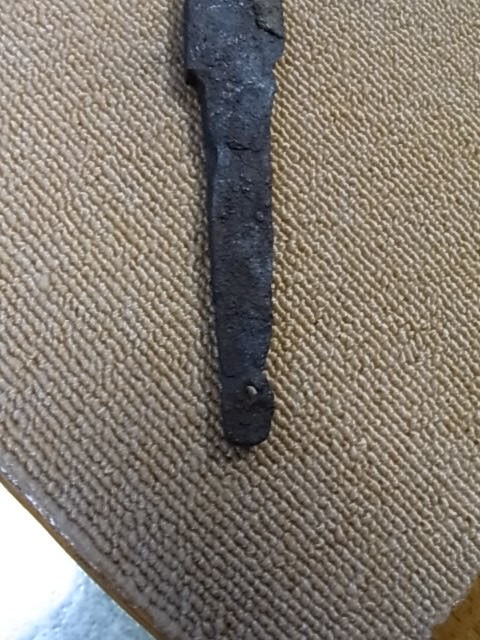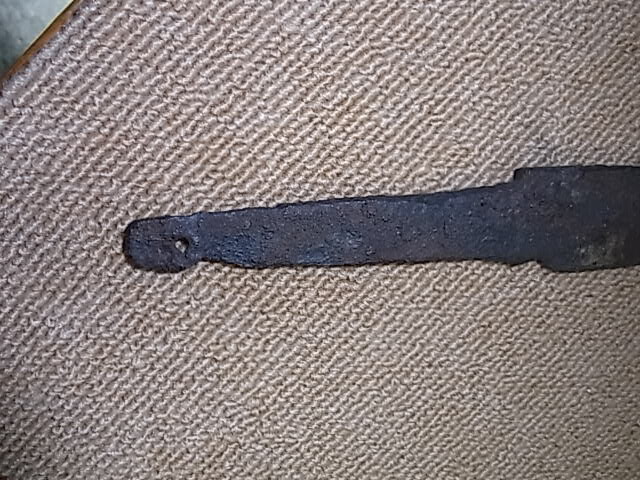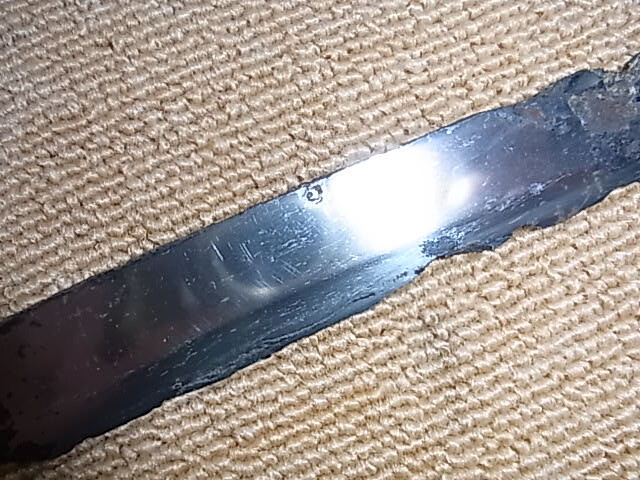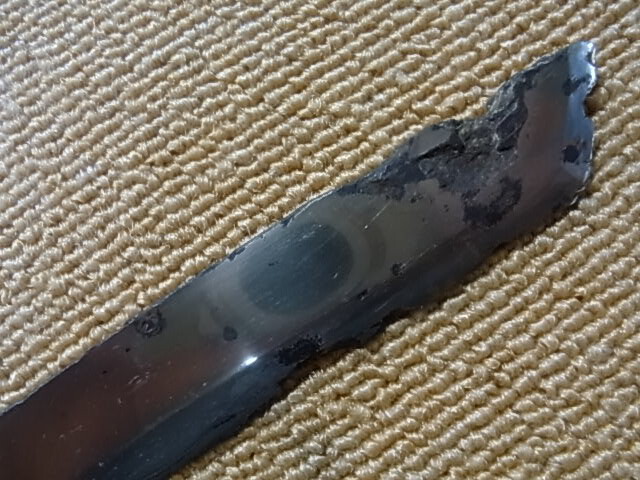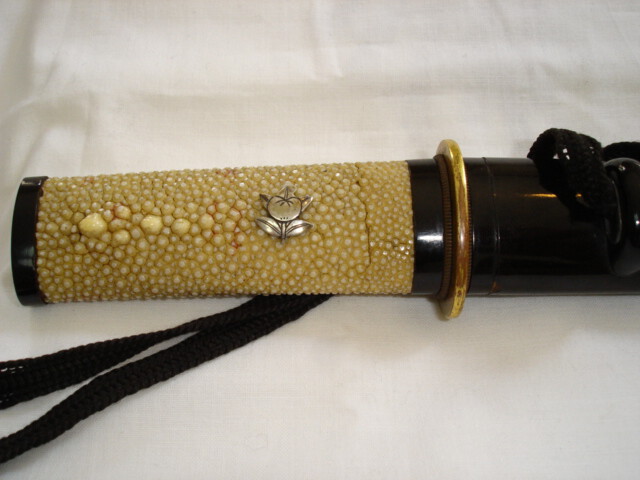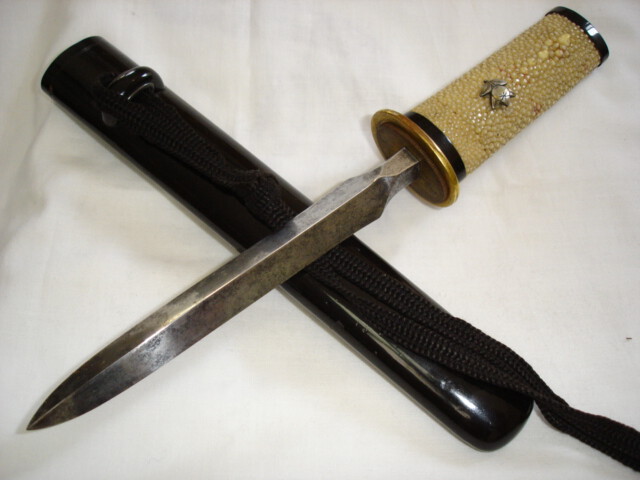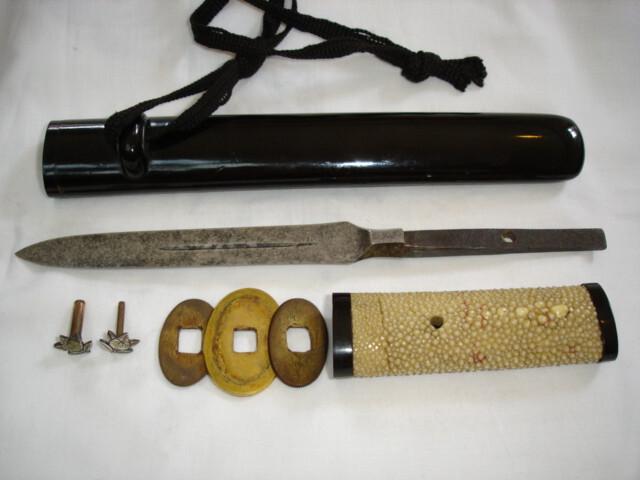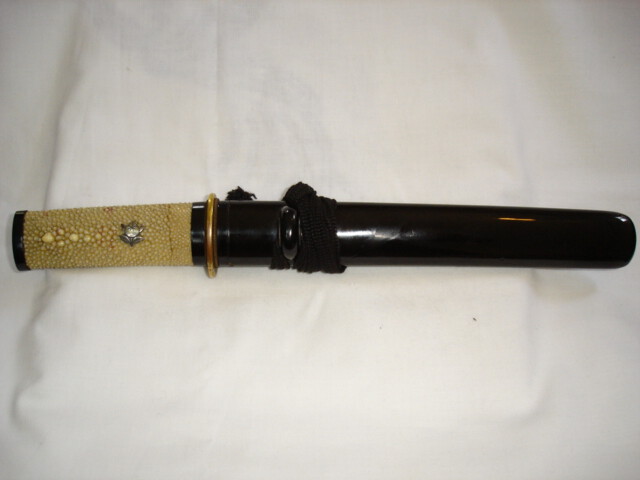-
Posts
13,880 -
Joined
-
Last visited
-
Days Won
250
Content Type
Profiles
Forums
Events
Store
Downloads
Gallery
Everything posted by Bugyotsuji
-
Apologies. To clarify, there are two sources that I use for the Mei on Teppo, neither of which are anywhere close to the plethora of books available for swords. Both are in Japanese. I have mentioned these on this site before, but just to update. The first is Sawada Taira's Nihon no Furuju/Kojuu 日本の古銃 which is perhaps the most reliable modern work on the age periods, regions, schools and Mei of guns, from the beginnings up to the end of the 19th c. Lots of fairly good photographs, mostly black and white. Osaka. 15,000 yen last I heard. The second is Ogasawara and Yasuda's 全国鉄砲鍛冶銘鑑... a set of two books covering all known and recorded Mei on Hinawa-ju. One book lists by region of Japan. The other lists all the Mei in Japanese alphabetical order. No pics, but some maps showing the Teppo Kaji locations. Black and white, Japanese. Out of print, so I have a photocopy of it. Very sought after, but rapidly becoming out of date and the author has been promising for some years to publish an updated version. Printed in 2001, at 3,000 JPY The latter is where I got the information in my post above.
-
In my records here I can find two Mei starting with 江州住 Kunitomo Tanba Daijo. Both continue with the character Tachibana 橘; one finishes with Munetoshi 宗俊 and the other with Yasutoshi 康俊. A good-looking barrel. The marks on the left will be the maker's number and his own cross mark, I guess. The number is sometimes repeated on the panlid and inside the stock.
-
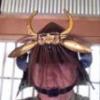
This Week's Edo Period Corner
Bugyotsuji replied to Bugyotsuji's topic in General Nihonto Related Discussion
Piers, is it yours ? Any info on where it has been found and who's the polisher ? Carlo, no it's not mine. I asked where it was found, but felt a slight hesitation in the answer. 'The West' is the closest I could get at the time, and I didn't want to push as it was someone I had met for the first time. I would know how to get in contact again if necessary. I did not ask who the the polisher was. I am pretty sure it will appear in a museum in the not-too-distant future. Doug, 1. the answer is in an earlier post, less than two pages back and begins with an A! 2. Bell, no. 3. Modern art? :lol: (Hint. Start with Onmyoji...) -

This Week's Edo Period Corner
Bugyotsuji replied to Bugyotsuji's topic in General Nihonto Related Discussion
-

This Week's Edo Period Corner
Bugyotsuji replied to Bugyotsuji's topic in General Nihonto Related Discussion
-

This Week's Edo Period Corner
Bugyotsuji replied to Bugyotsuji's topic in General Nihonto Related Discussion
-

Tsuba box - assistance kindly requested
Bugyotsuji replied to Marius's topic in Translation Assistance
I am guessing that geeth must be geese with a lisp! Heianjo is the type of tsuba, right? -

This Week's Edo Period Corner
Bugyotsuji replied to Bugyotsuji's topic in General Nihonto Related Discussion
Stunning, Carlo. -
Great to hear. Many thanks.
-
Apologies for the word. It certainly sounds strange in English. Ohmi yari are highly collectible in their own right. Within the Japanese context, though, beautiful objects often had this 'novelty' aspect. Some intriguing aspect. An unusual juxtaposition of known conventional objects could always be a talking point. Delight the eye. One of the reasons Koshirae could be dismantled and reassembled in different form for any occasion, with that day's choice of Tsuba for example. What armor/armour shall I wear today? For those who had everything, Aki (boredom) was a constant enemy. Invention within convention? :lol:
-

Real Last Samurai
Bugyotsuji replied to Clive Sinclaire's topic in General Nihonto Related Discussion
A very good read. Thank you. One small change would be Sankin Kotai, (not Sakin). Lots of good information in there. I have met the great grandson of Taki Zenzaburo. He travels around giving speeches and writing about the Kobe incident. I had mixed feelings at first as I am a member of the present day version of the Bizen Teppo-tai, and I had to listen to him explaining rather bitterly how his ancestor had been a victim of the times, and had chosen to be the fall-guy and willingly took the blame. His family were guaranteed food and support as they would lose their bread-winner. Where did my loyalties really lie? With the Bizen-han, or with the Westerners in their ships anchored off Kobe? As to Katsu Kaishu, I have had a rather cynical view of him ever since reading Lieutenant Brooke's account of the sailing of the Kanrin Maru to the States. Far from the heroic captain as he is usually portrayed by proud Japanese people, it seems he spent the whole voyage below being sick, and refused to help or volunteer in any way even when things were dangerous for the entire ship. Brooke makes no secret of his contempt for the man. On the other hand, Nakahama (John) Manjiro was on board and proved to be a superb and useful seaman, apparently. Lastly I have a rather retiring friend here who has at least one of Saigo Takamori's swords. He is from Kagoshima and has a magnificent collection of this, that and the other. I keep things deliberately vague as that is how he would like it! :lol: -

This Week's Edo Period Corner
Bugyotsuji replied to Bugyotsuji's topic in General Nihonto Related Discussion
Over 80 yrs old, this bloke, a collector of some wonderful things, including well-known blades and mythical Tsuba was mumbling away and I was finding it very hard to follow him. How he carried cigarettes in his cartridge belt to exchange for food shortly after the war, etc. Some very interesting things came up in the conversation, however. He was explaining why a Japanese sword in Koshirae often feels 'loose', as though the Tsuka and Mekugi etc. needed tightening up. Towards the end I realized that having listened to him rambling on for a couple of hours, he owed me some direct information in return, so I dared to ask him what he thought was the true role of the Tsuba. Ha!? he replied turning to stare at me and I realized he was pretty deaf. Easier to speak than to listen, then! -
Hmmm... either that has been in Australia for many years, or someone is able to get furniture fumigated at entry. I was under the impression that it was almost impossible to import wooden objects any more. Friends have had things confiscated and destroyed. Nice!
-
Ah thanks for the piccies. Yes, it's definitely designed to look like something else. A kind of reverse Shikomi. Not an umbrella or walking stick that is really a sword, but a Wakizashi that is really a spearhead. No other need for the extra length, or for the sori in the saya. Ultimately, besides the beauty of the spear point itself, these are enjoyable mostly for their novelty value, and in the assembly and disassembly, I guess. Everybody should have one anyway! :lol:
-
These katana tansu would have been relatively good at dealing with the atmosphere, but by no means perfect even when new. As they aged, they will have gained cracks and warps, losing the original close-to-hermetic seal. I would definitely recommend 'saving' one as most Japanese do not value them any more (well, no room for them) and someone should save the history, I feel. You can keep your swords inside wrapped up well, or keep them somewhere else, but as a stand-alone piece of furniture I love the ethos and the decorative aspect of these katana tansu. Philip, that one looks in pretty good nick compared to some of the ones I've seen. I would guess that it has been restored, with some 'new' metalwork, and re-varnished. There are not a lot of them floating around, but they do pop up occasionally.
-

This Week's Edo Period Corner
Bugyotsuji replied to Bugyotsuji's topic in General Nihonto Related Discussion
On a trip out of Japan recently and someone (a former Japanese Imperial Army soldier from WW2) unwrapped a roll of newspaper and showed me a Chokuto from the Asuka Period. About the length of a Wakizashi, with a single Mekugi-ana very near the Nakago-jiri. Hugely rusted and chipped. What was even more interesting (for the sake of the blade, any readers, please DO NOT do this if you are tempted, and if you are in Japan, remember that it is illegal to do so) was that this individual had polished a window into the blade and kissaki to see if there were any features in the steel of the blade. Yes, there were. He told me that a friend of his is pushing to buy it off him for a nominal sum. I said that for that sum I would buy it on the spot, but that, as it will be a reference work for scholars of history and Nihonto, he should definitely donate it to a museum back in Japan. -

Stepping away from Moderation
Bugyotsuji replied to Ted Tenold's topic in General Nihonto Related Discussion
Yes, I am sorry to hear this too. Your presence was kept out of sight, but you always seemed to step in just at the right time when really necessary. Hoping you will continue to keep the tree healthy! -
Koichi san. Many thanks. You always pick up my dropped bits for me. One day I hope to be Ichi-nin-mae.
-
Haha, Ian, that sounds very good! Any pictures? (We tend to wear Tachi hanging free from the obi, which works well with full armor/armour, though a couple of members push a Tanto through the sash. Tachi sage is much more comfortable, but it gets caught and bumped and banged everywhere, doing gradually more and more damage to the Koshirae.)
-
In the Province of Ho, (part of present-day Tokyo?) in residence, Fujiwara (title) Masayuki (smith's name). Find a sword reference book, and look up regions, and smiths named Masayuki over the ages, and then see if the style of the sword fits with the smith you have decided it must be. I assume you have no paperwork with the sword. If the sword and the name are good, you may be able to get paperwork to back up your conclusion. Enjoy your search, whichever way it takes you!
-
Wow! That must be difficult to draw and massively heavy! Nice piece.
-
-
Eric, it would be too complicated to do that here. If you want a professional reading, then you could ask elsewhere for that, perhaps at the Kantei/Shinsa. Here people are eager to attempt the readings, and to help newcomers to start to be able to do it themselves. That is why the spoiler is often used. Think of it as a sort of game.
-
Eric, I have one of these myself and it is as Ian said. They are a nice object to have at hand, but not terribly valuable in the scale of things. Mine is probably worth less than 800 GBP. (?) When Ian said armour/armor piercing, he was probably referring to Yoroi-doushi, which strictly speaking was pushed between the gaps in the armor/armour to finish someone off.




